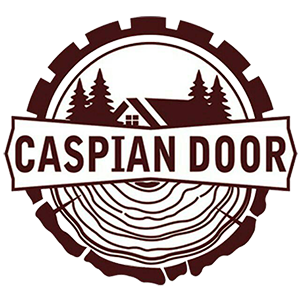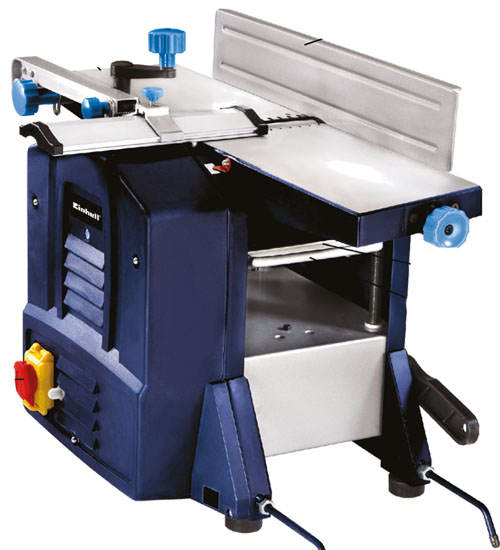Grinding machine
To equalize the thickness of the wood, as well as to obtain a large number of wooden parts of the same thickness or width of the scouring is used. The grinding machine in the market is known as the breadth of the page (the size of the breadth of the wood entrance); for example, the purpose of a 40-way grinding machine is that the width of the plate or the length of the blade is 40 centimeters.
Types of grinding machines
The grinder is divided into two groups according to the direction of the page and its setting:
Self-propelled lorry (automatic plate adjustment)
Top Riding Cars
In the first type, the thickness adjustment screen only moves with the use of two buttons, one that raises the screen and the other lowers it. The size is adjusted accordingly; in these machines the manual lift There is no need to use it until the automatic lift is working or not.
In the second type, the lift moves with the hand and adjusts the plate as much as necessary, up or down.Different parts of the car and their performance
1- car body
Made of cast iron or thick sheet of iron, the various parts of the car are mounted on it.
2-Grinding Electromotor
Grinding electromotor is single-phase or three-phase and has a power range of 4 to 10 horsepower, which depends on the width of the plate. It should be noted that when loading the machine, pay attention to the width of the wood and its hardness so that excessive pressure does not come into the electromotor.
3-key disconnect and connect
Small grinding machines with low-power electromotors can be started with single-step ordinary keys, but for starting a robust machine with powerful electric motors, the triangular star clips must be used because of the current intensity of the grid, as well as You can use the keys of the triangle of stars automatically to make things easier. These keys are automatically placed in the star stage automatically after the engine has reached its maximum, in triangle mode, and the machine is ready for loading. There are other keys to launch the rollers in these machines. .
4- Milling hub
Typically, the hinged balls have three blades, but they may have 4, 3, 2, and 6 blades, as well as the number of blades in a molding hub, the number of blade hits with wood at a specified time And thus the surface of the wood becomes smoother. The remarkable thing is that the higher the number of blades, the harder the settings.
The blades should be adjusted to the blade setting so that they all fit in one direction, otherwise all blades will not touch the wood and a blade will lower than the other blades. For example, a four-blade hub actually turns into a three-blade hub. Important: The diameter of the milling hub should be chosen according to the electromotor, since failure to observe this will result in dangers such as breaking the hub.
5. Rollers
Different rollers are used to steer smooth and easy wood into the grinder.
A) Roller Rollers: These rollers, before the blade, are located above and its task is to catch the wood and guide it to the blade. The grooves on this roller are angled relative to the longitudinal axis and are pressurized by the spring, which is transmitted to the wood. To move the roller, move the ball.
B. Flat rollers: These rollers are located after the blade and above, and the task is to get the wood and guide it out of the car. The smoothness of these rollers is due to the fact that they do not wound the surface of the wood. The rollers are also pressurized like spring-loaded rollers, which results in the same pressures on wood. The flat and ribbed rollers, each on one side, are attached to a chain wheel that is both diameters because both rollers must Also, be the same. The reason for the use of chains is to apply equally to both rollers.
C) Flat bottom rollers: These rollers are placed on the plate adjustment plate. Their task is to facilitate the transfer of wood to the blade. These rollers, on both sides, are inside the bearings, however, they do not move themselves and move only through the pressure that the wood enters. It’s no wonder that these rollers are not fitted in some puffing machines.
6- Screening machine
Made from cast iron and placed on columns (jacks) that can be manually or automatically up and down. This page should be exactly flat, level, and completely polished so that the wood can easily move on to the blade. The grated side of the wood should be placed on this page.
Note that when the plate is raised and lowered, the thickness of the wood is determined and, therefore, after adjusting the thickness to prevent accidental movement, it should be secured by a lever for this purpose.
7. Protective shields
A) Hub and roller protection: It is located at the top of the blade and rollers and protects the user against blades and possible risks. It has a lot of weight and therefore it needs to be careful when opening and closing it; at the same time, it is secured by a screw that only opens when replacing the blade.
B) Side guard: On the chains, chains and belts of the wheels, there is a lid in the lid that prevents dust and dust from penetrating into the smelting areas. This shield should only be opened when switching or adjusting the belt and chains.
C) Sticky shoulders: shoulders, to prevent throwing


 فارسی
فارسی Русский
Русский العربية
العربية